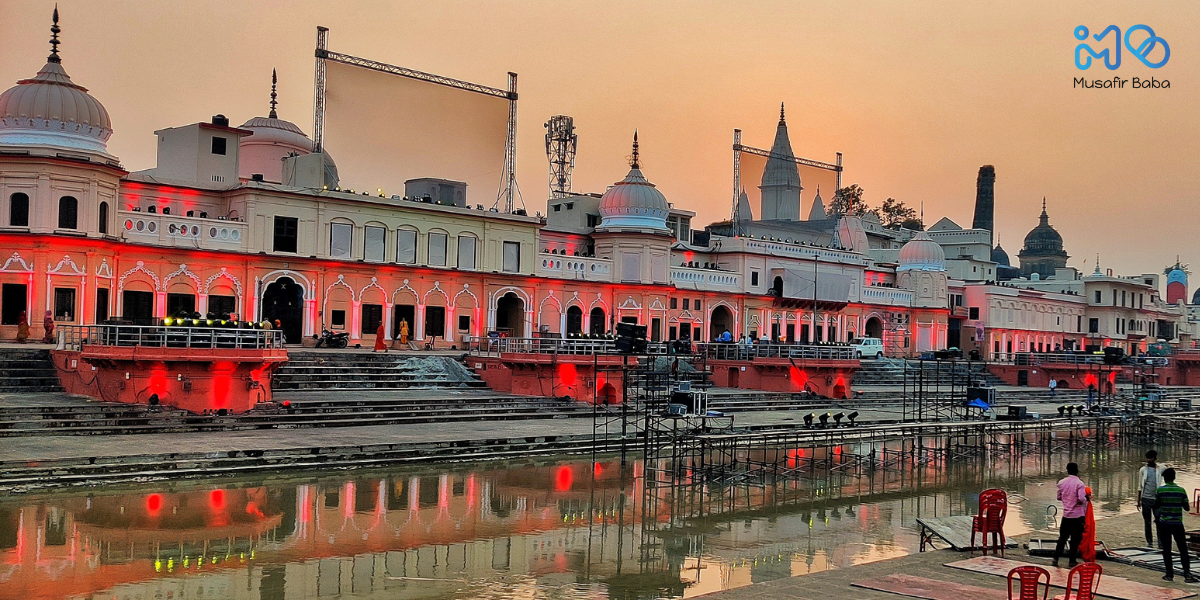
Must Visit Places in Ayodhya
By MusafirBaba
12-Mar-2023 • State-wise Trips
Ayodhya
offers a wide range of attractions, including renowned temples, monuments, and
sacred ghats. The bizarre scenery, prayer chanting, and overpowering scent of
sandalwood and blossoms in Ayodhya will allure your senses. You can find peace
and spirituality in Ayodhya among the many holy sites that serve as living
memorials to the illustrious age of Lord Vishnu and the Ramayana.
And yeah,
if you are planning to visit Ayodhya, then definitely you are going to need the
best travel agency to accompany you. Right? No worries, Musafir Baba has got your back. Just keep reading to
know more.
All About
Ayodhya
Most
people are familiar with the ancient city of Ayodhya as the location of the
medieval Hindu epic Ramayana and as the origin of the God-king Ram. The city,
which is situated along the Sarayu River, served as the administrative center
of the former Kosala monarchy. The city, which is thought to somehow be 9000
years old, was said to have been established by the Hindu god Manu. One of the
most popular pilgrimage sites, it is known for its many temples, which are
attended by followers of many Indian religions.
Here is a
list of the top attractions in Ayodhya
Ram Janmabhoomi
The meaning of this place is "God Ram's
Birthplace" in English. According to the Indian legend known as the
Ramayana, Ram, the seventh manifestation of Lord Vishnu, is said to have grown
up close to the Sarayu river in Ayodhya. Ram Janmabhoomi is one of the top
destinations to visit in Ayodhya and is highly revered by followers of the
Hindu religion.
The temple's proposed design is lavish and outstanding in both scale and scope. On August 5th, 2020, India's Prime Minister, Narendra Modi, presided over the occasion to lay the cornerstone for Lord Ram at Ayodhya. This holy site is regarded as one of the places that must be seen during the Ayodhya Darshan and are seen as the first of the seven most crucial pilgrimages for Hindus. It is a must-visit place in Ayodhya indeed!
Hanuman
Garhi
Now how about visiting the place of Ram’s fan? Lord
Hanuman is honored in the Hanuman Garhi, a temple that was constructed in the
10th century and is close to Sai Nagar. One of the holiest places in the city
is the Hanuman Garhi since it is customary to visit it before visiting the Ram
Temple in Ayodhya. Legend has it that Lord Hanuman lived on the grounds of the
temple and kept an eye on Ayodhya from a distance.
There are numerous sculptures of Lord Hanuman and
Ma Anjani, his mother, in a cave inside the temple complex. To celebrate the
birthdays of God and Lord Ram, hundreds of worshipers visit the Hanuman Garhi
each year. Being with the best travel agency, you will explore this
spiritual place with joy for sure!
Kanak
Bhawan
The Kanak Bhawan is built in the northeastern area
of the complex in Tulsi Nagar, close to the Ram Janmabhoomi. The Hindu deity
Lord Rama and his consort Goddess Sita are honored in this temple, sometimes
referred to as Sone-ka-Ghar, which was constructed in 1891.
Three golden-crowned figures of the two gods are
housed in Kanak Bhawan's sanctum sanctorum, also referred to as the Golden
Palace, beneath a silver dome that symbolizes the temple of gold (Garbagriha).
It is stated that Rama and Sita received this temple as a gift from Kaikeyi,
Rama's stepmother, to honor their nuptials.
Gulab
Bari
The Garden of Roses popularly referred to as the Gulab Bari is situated
in the Vaidehi Nagar district. And no doubt this is a must-visit place in
Ayodhya. The third Nizam of Faizabad (Oudh or Awadh), Nawab Shuja-ud-Daula,
is buried there, along with his parents. The Historical Buildings and Ancient
Sites and Remains Act protects Gulab Bari as a national monument, and it is
presently being maintained as a piece of the nation's cultural heritage.
There are stairs leading to the higher platform, however, most people
are not now allowed to use them due to their current state of disrepair. The
graves of his parents can also be located in Nawab Shuja-Ud-Daula's burial
place. These graves are on the ground floor and have elaborate wood carvings
covering them. The site of his father's mausoleum was later transferred to
Delhi. Because of its distinctive spirit, Mughal architecture attracts
tourists. By adding more ancient charm to a travel destination's itinerary,
visiting Gulab Bari improves its historical, ethnic, and architectural
appeal.
Nageshwarnath Temple
In Ayodhya, the Theri Bazaar is situated near the Nageshwarnath Temple.
In commemoration of Lord Nageshwarnath, the locality's protector deity, this
temple was constructed. Kush also referred to as Kusha, the son of Lord Rama,
is credited with building it.
The Nageshwarnath Temple receives a lot of visitors during and after the
celebrations of Mahashivaratri and Trayodashi, which also are collectively
known as Pradosh Vratam in Southern India. Tourists to this location are
attracted mostly by the Shiva Barat, sometimes referred to as the Lord Shiva
procession.
Raja Mandir
Numerous mythical chronicles have made numerous mentions of the Faizabad
Raja Mandir, which is located in Guptar Ghar on the river bank Ghaggar
(Sarayu). Numerous wonderfully carved idols representing the various Hindu gods
and goddesses may be found inside the temple. These gods are covered in opulent
fabrics and priceless jewelry.
The temple's excellent structure makes it a great example of the
inventiveness seen in Hindu architecture. The temple was once well-known for
its connections to Lord Ram, the ruler of Ayodhya, but it has since been
transformed into a normal temple with statues of many other gods and goddesses.
A sight to behold is Raja Mandir's expansion of the temple into the river
caused by its location on the river's edge. The sacred waters of the river are
believed to have the power to wash away sins, according to worshippers from all
around the world.
As you have reached the end part of this article
tour, we know that you are eager to explore Ayodhya. And you are lucky to get
the assistance of Musafir Baba. Get in touch with us and you will be
amazed to know more about the packages we offer.
Recent Post
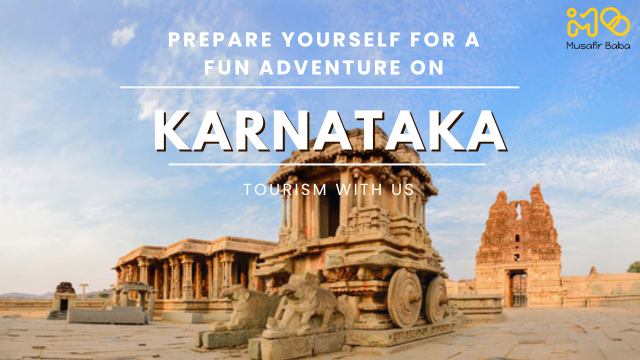
Karnataka Tourism - Find The Best Time & Travel to Karnataka
24-Mar-2024 • State-wise Trips
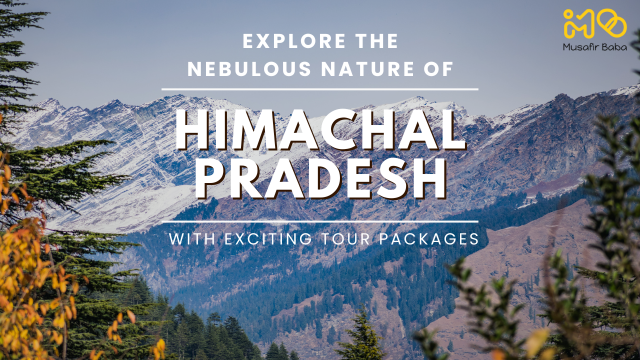
Explore the nebulous nature of Himachal Pradesh with exciting tour packages
23-Mar-2024 • State-wise Trips
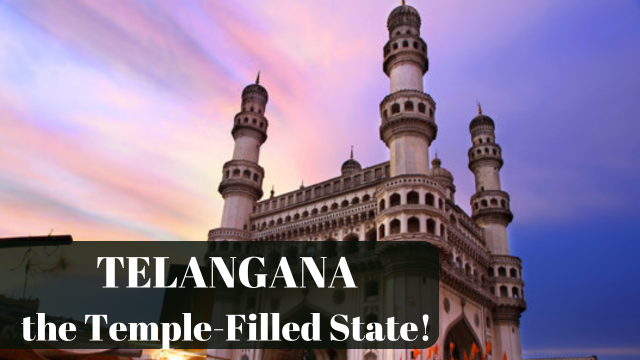
Telangana, the Temple-Filled State!
22-Mar-2024 • State-wise Trips

Top 10 West Bengal Travel Places in 2023
21-Mar-2024 • State-wise Trips

Explore the Enchanting charms of Sikkim
20-Mar-2024 • State-wise Trips
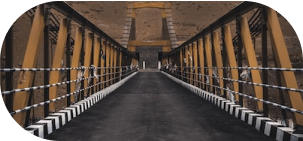
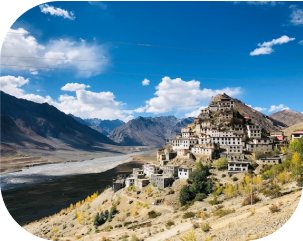
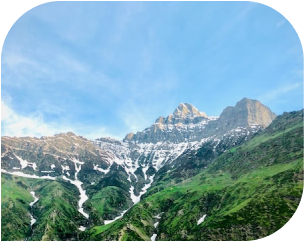


Leave a comment
Your email address will not be published. Required fields are marked*
Give rating